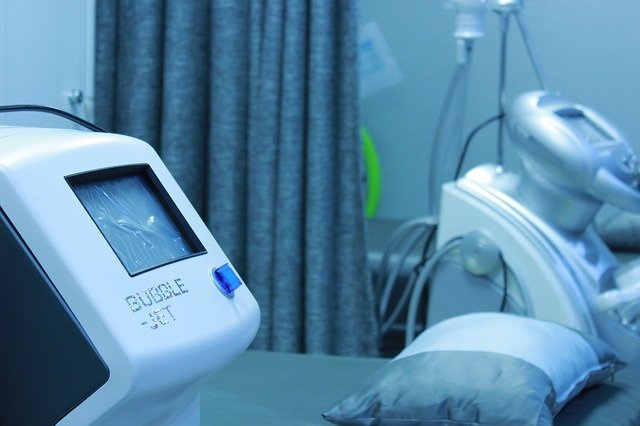Abstract
In the quest for novel neurotechnologies to defeat brain diseases, intelligent biohybrid systems have earned a privileged role among unconventional brain repair strategies. These systems are based on the functional interaction between the nervous tissue and engineered devices, the establishment of which is mediated by artificial intelligence. As novel, previously unimaginable neurotechnologies are emerging, what are the translational impact and the practical consequences carried by these tools for the clinical practice?
In this review, we describe the progression of brain repair strategies, from the early pioneering demonstration of their feasibility to their recent implementation in the experimental and clinical settings. We will show how the convergence of different disciplines across the decades has led to the emergence of innovative concepts based on intelligent biohybrid designs. We discuss the advantages and limitations of the described approaches and we conclude by proposing possible solutions to the current shortcomings of available paradigms.








